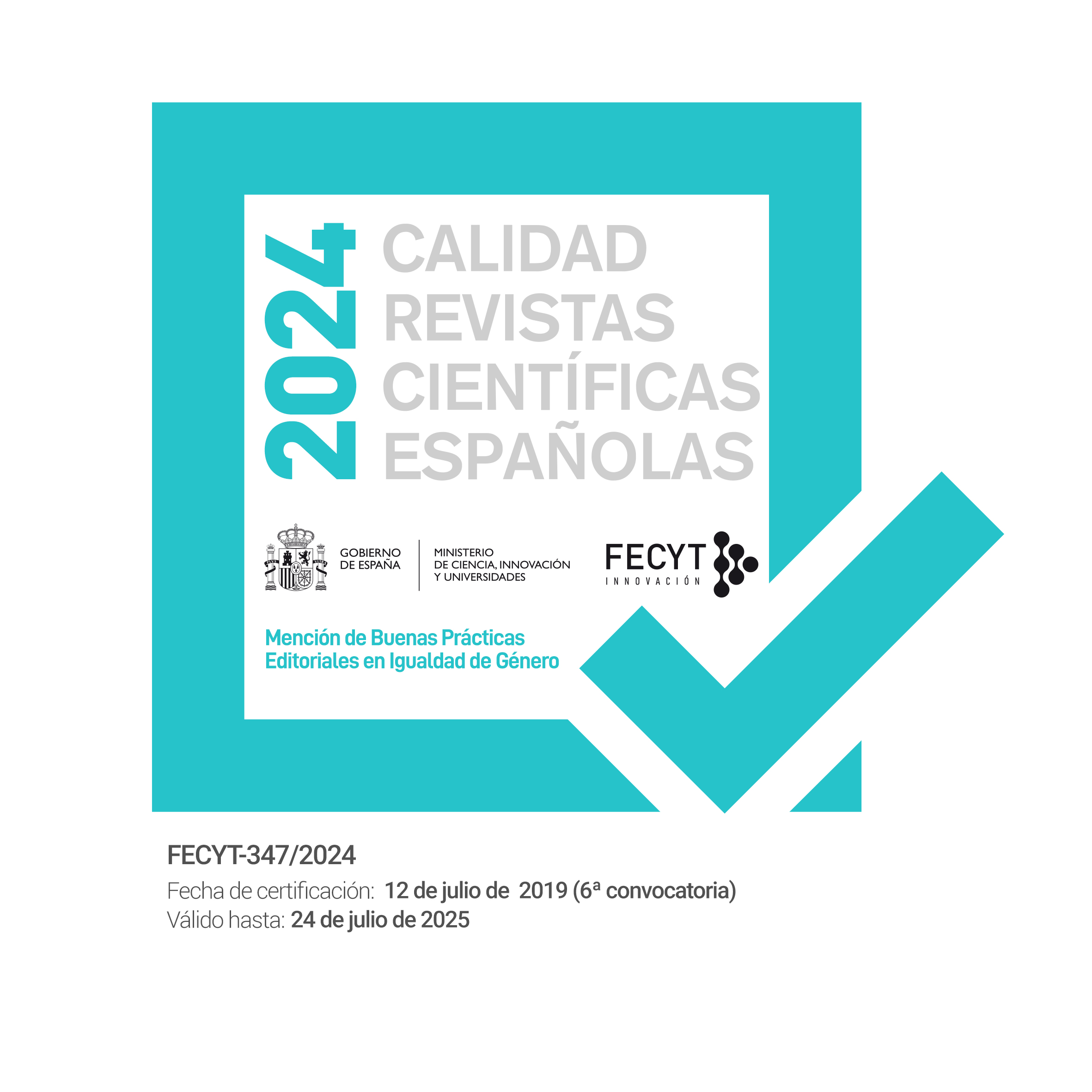De Palacio a Museo. Distintas intervenciones en el palacio episcopal de Barbastro y el impacto social de su rehabilitacion como Museo Diocesano
DOI:
https://doi.org/10.5944/etfvii.22-23.2009.1435Palabras clave:
palacio episcopal, rehabilitación, museo diocesano, Barbastro, Episcopal Palace, rehabilitation, diocesan museum,Resumen
Junto a la Catedral de Barbastro se levantó, a finales del siglo XVI, el Palacio que serviría de residencia a su obispo. Concebido entonces con las premisas de la arquitectura renacentista aragonesa, el edificio ha sido objeto de diversas intervenciones arquitectónicas a largo de su historia. La más reciente, financiada por el Gobierno de Aragón, se inició en 2006 y tiene por objeto acondicionarlo para nuevos y diferentes usos, entre los que destaca la ubicación del Museo Diocesano que atesorará importantes piezas de arte religioso. Este artículo estudia las intervenciones a que ha sido sometido el Palacio a lo largo de su historia y el impacto social que ha causado la actual. La realización de una serie de entrevistas permite constatar que la opinión de los ciudadanos de Barbastro es inicialmente muy favorable a la rehabilitación del Palacio, pero está sensibilizada por dos aspectos: el pleito que por la cuestión de las piezas mantiene la diócesis de Barbastro con su homóloga de Lérida y la importante inversión económica que esta obra supone para la Comunidad Aragonesa.
Next to Barbastro’s Cathedral, at the end of the XVI century, was built the Palace which would be the residence of its Bishop. It was conceived following the premises of the Aragon Renaissance architecture but it has suffered several changes through its history. The most recent, financed by the Aragon Government, started in 2006, and its aim is to set it up for new and different uses, like the location of the Diocese Museum, which will house important religious art pieces. This article studies the changes and interventions suffered by the Palace through its history and the social impact caused by the last one. A series of interviews carried out, allows us to state that the opinion of the citizens from Barbastro is quite positive regarding to the restoration of the Palace, but it is influenced by two aspects: the trial between Barbastro’s Diocese with the Diocese of Lerida due to the art pieces and the significant economic investment that this restoration would mean for the Aragon Comunity.
Descargas
Descargas
Publicado
Cómo citar
Número
Sección
Licencia
Los autores que publican en esta revista están de acuerdo con los siguientes términos:
- Los autores conservan los derechos de autor (copyright) de las obras publicadas y garantizan a la revista el derecho de ser la primera publicación del trabajo al igual que permiten la reutilización del mismo bajo la licencia de uso indicada en el punto 2.
- Las obras se publican en la edición electrónica de la revista bajo bajo una licencia Creative Commons Reconocimiento-NoComercial 4.0 Internacional, que permite a otros compartir el trabajo con un reconocimiento de la autoría del trabajo y de la publicación inicial en esta revista. Se pueden copiar, usar, difundir, transmitir y exponer públicamente, siempre que: i) se cite la autoría y la fuente original de su publicación (revista, editorial y URL de la obra); ii) no se usen para fines comerciales.
- Se permite y se anima a los autores a difundir electrónicamente las versiones pre-print (versión antes de ser evaluada) y/o post-print (versión evaluada y aceptada para su publicación) de sus obras antes de su publicación, ya que favorece su circulación y difusión más temprana y con ello un posible aumento en su citación y alcance entre la comunidad académica (por ejemplo, en repositorios institucionales o en su propio sitio web). Color RoMEO: verde. (Véase The Effect of Open Access) (en inglés).








